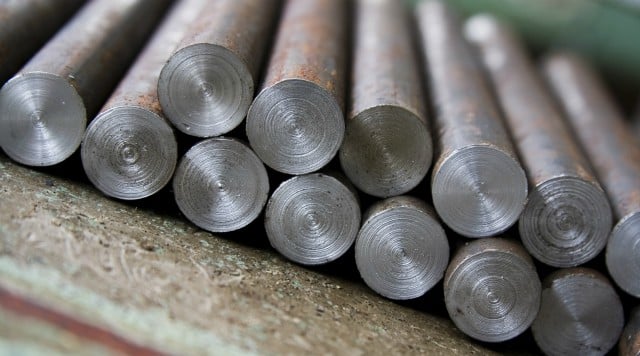The use of the EN 10204:2004 standard for inspection documents for metallic products has become more widespread, beyond even the European Union. As an independent third party, LRQA is working to educate the manufacturing community about t
Increasingly there is a need for manufacturers to prove the materials they use in safety critical pressure equipment applications meet the required chemical and mechanical properties. As such, the use of the EN 10204:2004 standard for inspection documents for metallic products has become more widespread, beyond even the European Union.
There are two types of inspection certificates listed in the EN standard:
- 3.1: A document issued by the manufacturer which declares that the products supplied are in compliance with the requirements of the order and is supported by evidence of the manufacturer’s test results. The document is validated by the manufacturer’s authorised inspection representative, independent of the manufacturing department.
- 3.2: A document prepared by both the manufacturer and an independent third-party in which they declare that the products supplied are in compliance with the requirements of the order and in which test results are supplied.
The goal of type 3.2 certification is to independently verify material conformity across the supply chain, all the way back to the steelmaker.
First, a bit of history…
EN 10204 was first published in 1991, based on the German standard DIN 50049, “Inspection documents for the delivery of metallic products.” At that time, it was aimed at steelmakers. In the years since, the supply chain for steel has become more complex. Smaller manufacturers are now using steel stockholders or “stockists,” as they are the more cost-effective solution for relatively smaller orders of material certified according to EN 10204.
Stockists have also become heavily involved in the supply of metal for subsea oil and gas equipment, where the traceability and properties of metals has become a key safety concern.
Frustration in the industry
We've heard from both manufacturers and steel stockists about issues around type 3.2 certification.
One company's quality manager, for example, expressed frustration with overseas suppliers whose pipes and fittings fit specifications on paper, but fail those specifications when sent to the lab. This is due to several issues, including certifications that were changed and some that were showing certifying authority markings without permission.
There was also industry concern that EN 10204 is no longer applicable in its current form, due to the need to certify complex supply chain processing routes and complex multi-component assemblies.
The goal: traceability
True type 3.2 certification involves visits to the manufacturer by the third-party surveyor for a visual examination, sample dimensional checks, and confirmation that the material is traceable back to the ladle chemical analysis and its properties meet specification requirements. The surveyor would also visit the test house to witness appropriate mechanical tests.
Stockist vs. manufacturer?
Traceability and inspection requirement issues can occur at stockists. For example, if the stockist carries out “property-changing” operations on either 3.1 or 3.2 certified material, the stockist is then considered a manufacturer. That means the material can be certified/re-certified to type 3.2.
“Intent” vs. “in accordance”
But what if the stockist is merely re-shaping the material, for example sawing down 3.1 certified stock from a manufacturer? The standard is less clear in these instances.
But what if the stockist is merely re-shaping the material, for example sawing down 3.1 certified stock from a manufacturer? The standard is less clear in these instances.
LRQA would not consider the stockist to be a manufacturer in this case, but could inspect the material in the same or a similar manner and certification would use the phrase “intent of” 3.2. This differentiates between true 3.2 inspection at a “property-changing” manufacturer and re-selling unmodified material and also complies with EN 10204, which only specifies manufacturers.
The acceptability of meeting the intent of type 3.2 should be confirmed with the purchaser before work starts. We have seen cases in which the end user did not accept “to the intent of” 3.2.
Type 3.2 myths
One of the myths that persists is that an independent third-party can carry out a “paperwork review” for type 3.2 certification at the stockist and then certify to 3.2. LRQA does not recognise this practice as it does not verify traceability of the material, nor does it verify the properties.
In other cases, clients have asked the test house to add “EN 10204 3.2” to its test report. This does not fit with the standard, since the test house is not a manufacturer or an independent third-party capable of issuing a 3.2 certificate. It also creates confusion, since clients then assume the test house test report is all that is required for 3.2 certification.
LRQA aims to guide and educate our clients regarding 3.2 certification so that industry has a consistent approach and interpretation of the standard. This should enhance the value of EN 10204 3.2 certification as proof of effective, independent verification of material.
To download our guide about Understanding EN 10204:Type 3.2 certification, click here.

